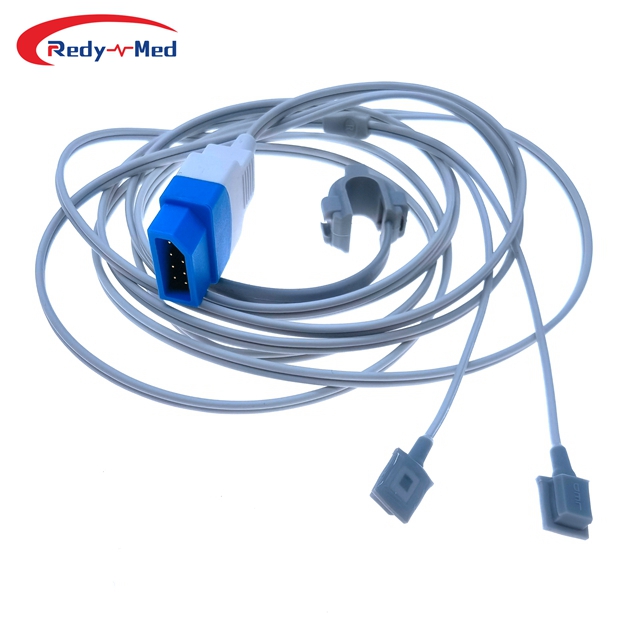
The Importance of Monitoring SpO2 Levels: A Guide to Frequency
2024-03-21 00:04:44
Monitoring oxygen saturation levels, often represented by SpO2 (peripheral capillary oxygen saturation), is a crucial aspect of healthcare management. SpO2 levels indicate the amount of oxygen present in the blood, and deviations from the normal range can be indicative of various health conditions. The question arises: How often should SpO2 levels be monitored? To answer this, we must consider factors such as individual health status, medical history, and the presence of underlying conditions.

1.Baseline Monitoring:
For individuals without pre-existing health concerns, periodic monitoring to establish a baseline can be done less frequently. An annual check-up or occasional monitoring during routine healthcare visits may suffice.
2.At-Home Monitoring:
For those with chronic respiratory conditions, cardiovascular issues, or other health challenges, more frequent monitoring may be necessary. In such cases, at-home pulse oximeters can be invaluable tools. Regular monitoring at home, under the guidance of healthcare professionals, enables individuals to track their SpO2 levels and detect potential issues early.
3.Acute Illness or Hospitalization:
During acute illnesses or hospital stays, SpO2 levels are closely monitored by healthcare providers. The frequency of monitoring depends on the severity of the condition. In critical cases, continuous monitoring may be necessary to ensure prompt intervention in case of oxygen desaturation.
4.Post-Surgery or Procedures:
Individuals recovering from surgeries or medical procedures may need frequent SpO2 monitoring, especially if anesthesia was involved. Monitoring during the immediate post-operative period helps detect any respiratory complications early on.
5.Physical Activity and Sleep Monitoring:
Athletes and individuals engaging in strenuous physical activities may benefit from periodic SpO2 monitoring, particularly during workouts or high-altitude activities. Additionally, monitoring SpO2 levels during sleep can be crucial, especially for those with sleep apnea or other respiratory sleep disorders.
6.Chronic Conditions:
Patients with chronic conditions such as chronic obstructive pulmonary disease (COPD), asthma, or heart failure may require more frequent monitoring. Regular check-ins with healthcare providers can help determine the optimal frequency based on the individual's specific health status.
7.Individualized Approach:
It's essential to recognize that there is no one-size-fits-all approach to SpO2 monitoring. Each individual's health needs are unique, and the frequency of monitoring should be determined in consultation with healthcare professionals. Factors such as age, overall health, and the presence of comorbidities play a crucial role in deciding how often SpO2 levels should be checked.
8.Telemedicine and Remote Monitoring:
With the advancement of telemedicine and remote monitoring technologies, individuals can now receive real-time guidance from healthcare professionals. This facilitates more frequent monitoring when necessary, even from the comfort of one's home.
In conclusion, the frequency of SpO2 monitoring should be tailored to individual health needs. While routine monitoring during yearly check-ups may be sufficient for some, others with chronic conditions or specific health concerns may require more frequent checks. Regular communication with healthcare providers is key to determining the optimal monitoring schedule and ensuring timely interventions when needed. Ultimately, maintaining awareness of one's SpO2 levels contributes to proactive healthcare management and improved overall well-being.If you want to know more about Spo2 sensor, please contact us!
Get the latest price? We'll respond as soon as possible(within 12 hours)




